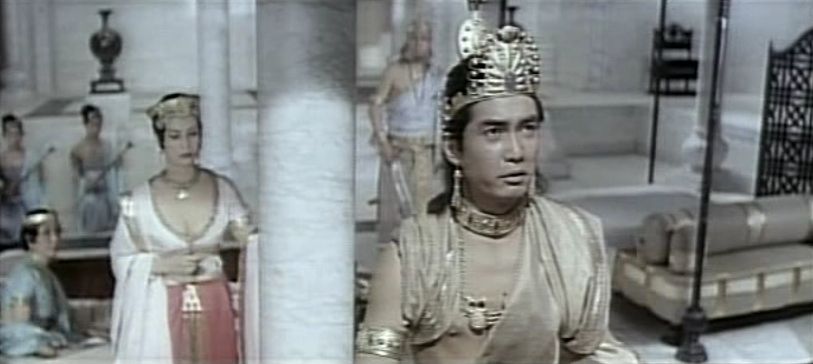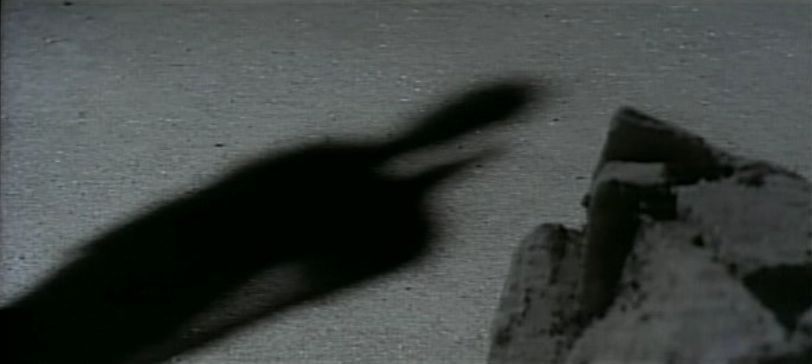« Coffee Break | Main | Long Arm of the Law »
January 01, 2013
Buddha

Shaka
Kenji Misumi - 1961
One of the funniest reviews of a film is Dwight MacDonald's lacerating look at The Greatest Story Every Told. While anybody could get a couple of laughs from mentioning the stunt casting of Shelley Winters and John Wayne in cameo appearances, there was also the more serious question about how one portrays Jesus on film, as well as presenting the concept Christianity in a way that is both theologically sound as well as good cinema. Watching Buddha made me think of MacDonald, as well as Paul Schrader's essays on religion in film.
Buddha is probably most famous for being the first Japanese movie produced in a 70 mm process, in this case Technirama, which meant taking enlarging film shot in 35mm. Clearly taking cues from Hollywood, this is a big religious epic that wrongheadedly mimics what makes films like The Ten Commandments so questionable regarding matters of faith while being so entertaining in their sincere silliness. On the downside, it may have been the size of this project that kept Kenji Misumi from being able to employ his usual style as seen in the Zatoichi series. That the DVD appears to be taken from a video tape, from the English dubbed version using B movie voices, adds to the fun.

If one was unfamiliar with Buddhism, one might think from this film that Buddha was the Jesus of India. While the film loosely relays the familiar story of young Siddhartha discovering the sufferings of life, and meditating for several years in the woods, the characters keep on mentioning the Buddha as the savior of the world. The film gets it right in the short hand explanation of Buddhism regarding the equality of all people, regardless of class or gender. Still, the way the story is told is pure Cecil B. DeMille.
Much of the film is devoted to the rivalry between Siddhartha and Devadatta, that is to say that Devadatta is always in competition in matters of love and faith. Both men are princes, but Devadatta gets confused with the Prince of Darkness, carrying a trident, and generally stirring up shit wherever he goes. While Siddhartha is off meditating, Devadatta rapes his wife, before initiating a campaign to discredit Buddhism. The most obvious nod to De Mille is seen in the very large temple Devadatta constructs using accident prone slave labor. One of the more zany scenes of Siddhartha involves the attempt by a gang of ghostly maidens dressed in diaphanous saris to seduce the not yet enlightened Buddha, followed by a gang of Daiei studio's lesser monsters hoping to chase Siddhartha from the forest. Once Siddhartha is enlightened, we no longer actually see actor Kojiro Hongo, but instead the shadow of a man, or the Buddha from an extreme distance. I'm not sure whether this is out of respect to certain Buddhist sects that disapprove of any art work depicting Buddha, or if it's simply the influence of a film like Ben-Hur, where Jesus is heard but not clearly seen.
Some may find it odd to watch Japanese actors, dubbed in English, as Indians. The experience might be considered analogous to watching Rock Hudson and Piper Laurie running around as Persian royalty. While the cast is not overly star heavy, we have Raizo Ichikawa, Machiko Kyo, along with future Zatoichi star, Shintaro Katsu as Devadatta. There is a passage that reads, "The voice does the Buddha's work". For this English language version of a Japanese movie, the recognizable voice of Buddha belongs to Peter Fernandez.

Posted by Peter Nellhaus at January 1, 2013 08:57 AM
